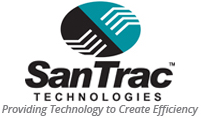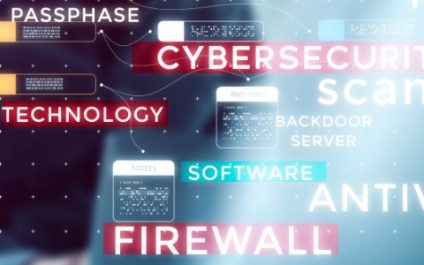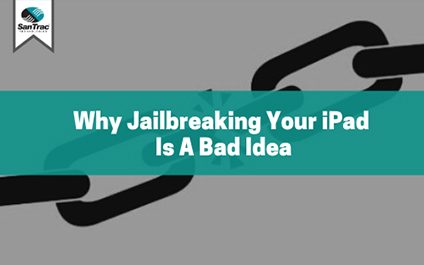With the rise of remote work, bring your own device (BYOD) has become more prevalent, allowing employees to use their personal devices for work. But this flexibility introduces new security challenges for companies. The use of personal devices to access work-related data may expose sensitive information to potential threats.
5 BYOD security tips every business should know
Understanding your enemies: The 5 types of hackers that will attack your business
Keep your SMB safe from these hackers
Protect your Mac from ransomware with these tips

Businesses and individuals alike rely on Macs for tasks that require a high level of security, such as online banking, shopping, and storing important files. So what would happen if your Mac was infected with ransomware? In this blog post, we will provide practical tips to protect your Mac against ransomware attacks.
Before buying antivirus software, consider these factors
Printer security tips your business needs to know
5 Practical privacy tips for iPhone texting
BYOD vs CYOD: What’s best for your business?

When it comes to what IT equipment your staff uses, you can implement one of two policies, namely bring your own device (BYOD) and choose your own device (CYOD). Let’s explore the pros and cons of both BYOD and CYOD, so you can make an informed decision about which option best fits your business needs.
Watering hole attack: What it is and how to protect against it

Watering hole attacks have become more common in recent years and pose a serious threat to organizations everywhere. Read on to learn more about what watering hole attacks and how your business can stay one step ahead of cybercriminals.
How watering hole attacks work
The term “watering hole” colloquially refers to a social gathering place where a particular group of people often go to.








